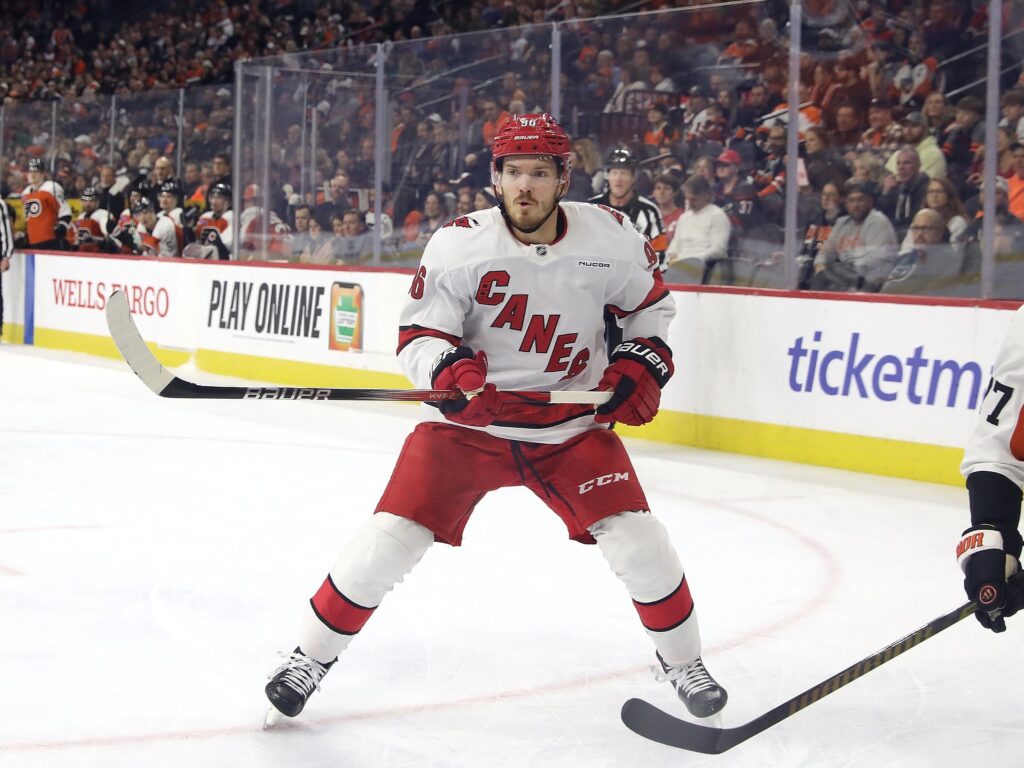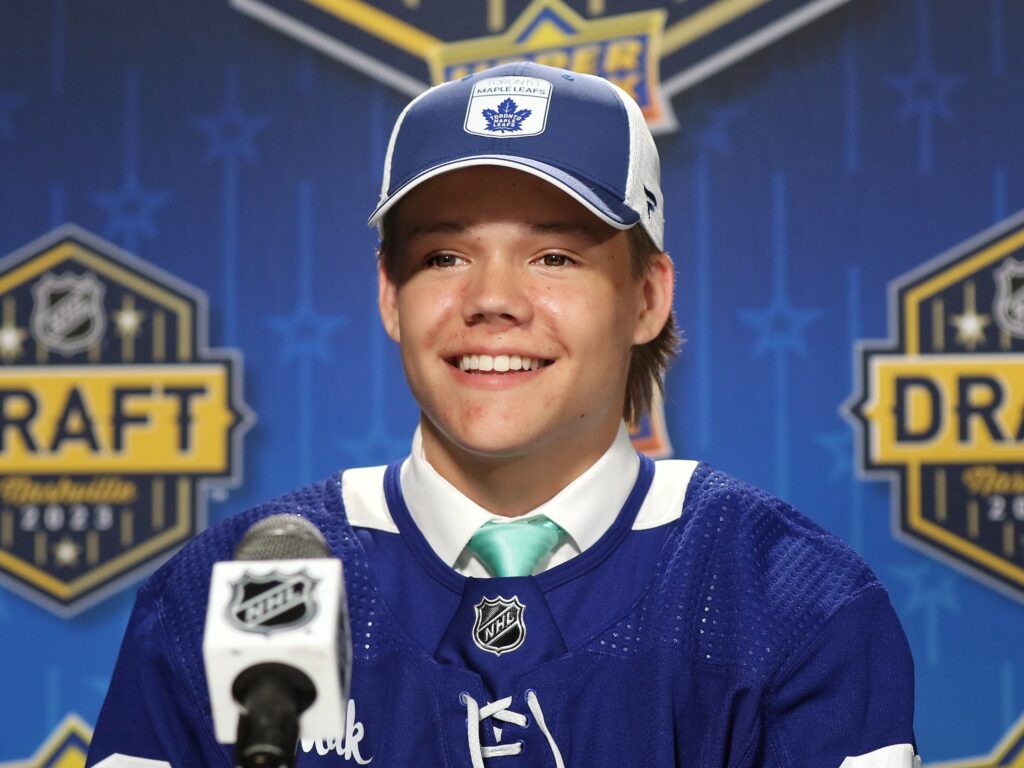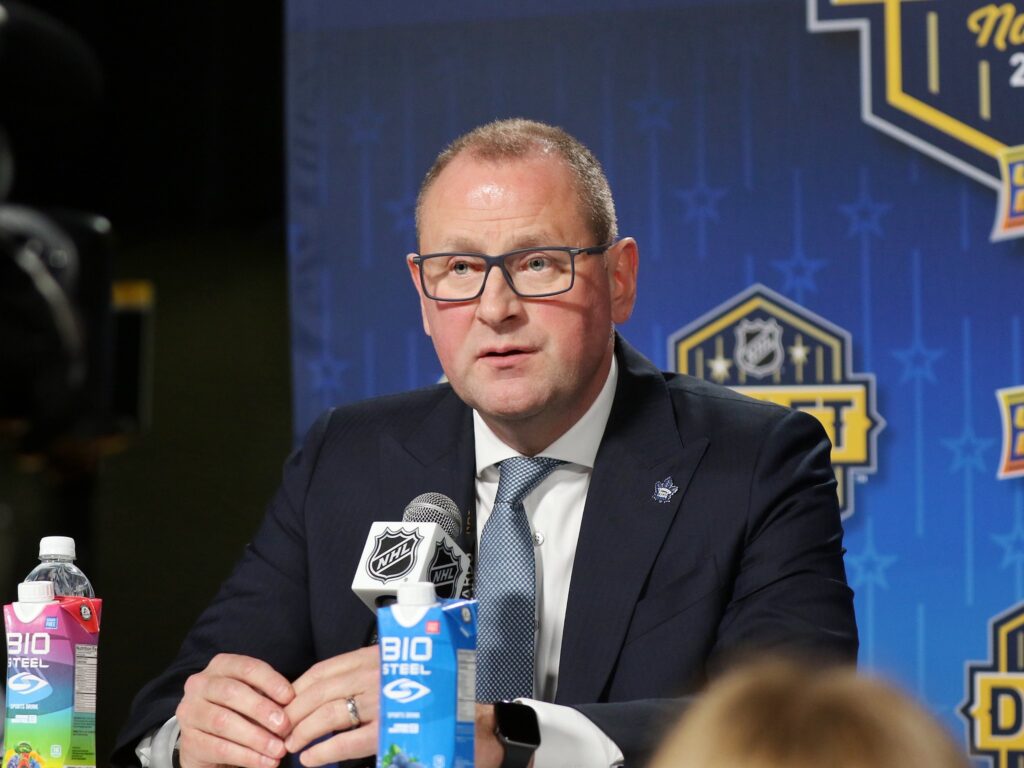The dust has settled on another NHL offseason, and while the major fireworks of free agency and the draft are behind us, the work in the Toronto Maple Leafs’ front office is far from over. General Manager Brad Treliving has been active, reshaping the bottom half of the roster and addressing immediate needs. But make no mistake, the team you see at training camp is not the finished product. For a club with perennial Stanley Cup aspirations, this is merely Act One.
Sources around the league confirm that Treliving has been diligently working the phones, laying the groundwork for future transactions. The big summer splashes are likely complete, but the feeling is that Toronto is playing the long game. The early months of the 2025-26 season will serve as an extended evaluation period, a crucible to determine who fits, who doesn’t, and what final pieces are needed to push this team over the top. With significant needs still apparent—most notably a true puck-moving defenceman and another top-six scoring threat to help fill the void left by Mitch Marner—the trade market is not a matter of if, but when.
Who’s on the Chopping Block?
To get something, you have to give something. Treliving has a handful of players who, for reasons of performance, contract status, or roster redundancy, could find themselves wearing new colours before the season is out. These aren’t necessarily bad players; they are assets to be leveraged in the pursuit of a better roster balance.
The Defensive Shuffle
On the blue line, the conversation starts with a pair of defensively-minded rearguards. Brandon Carlo, acquired at last year’s deadline, is a steady, if unspectacular, presence. He eats minutes, kills penalties, and blocks shots—all valuable traits. However, his 109 giveaways last season highlight a limitation in his transition game. With two years left on his deal, he represents a reliable, cost-controlled defenceman that a team looking to shore up its own end would covet. If the Leafs are serious about acquiring a premier puck-mover, Carlo is a logical piece to dangle.
Then there’s Simon Benoit. At 26, he’s a physical, no-nonsense third-pairing guy who brings an intimidating presence with his 204 hits. What makes him arguably the most likely defenceman to be moved is a perfect storm of factors: he’s young, he’s effective in his role, he lacks any trade protection, and his $1.35 million cap hit is easily digestible for virtually any team in the league. He is the path of least resistance for opening a roster spot and cap space for an upgrade.
While it seems almost sacrilegious to mention his name, Morgan Rielly exists on the periphery of these discussions. As the longest-tenured Leaf, moving him would be a seismic shift. It would only happen as part of a blockbuster trade for a “big-ticket” blueliner like Mikhail Sergachev or Dougie Hamilton. Rielly’s full no-trade clause and questions about his current value make this a long shot, but in the high-stakes world of contending, you can never say never. Don’t expect to see Chris Tanev or Jake McCabe going anywhere, as both are locked up until 2030 and form the core of the team’s shutdown identity.

Surplus in the Forward Ranks
Up front, several familiar names are swirling in the trade winds. David Kampf has become a victim of circumstance. He’s an elite face-off man and a reliable penalty killer, but the acquisitions of Scott Laughton and Nicolas Roy have made his fourth-line centre role redundant. His $2.4 million cap hit through 2026-27 is now seen as a luxury the Leafs can’t afford for that position, making his contract problematic under the new CBA landscape. Finding a suitor has been tough, and it may take an injury elsewhere in the league to create a market.
Also on the EDGE – Key Maple Leafs Under the Microscope Going into 2025-26 Training Camp
Similarly, Calle Jarnkrok is a prime candidate for a salary dump. The versatile two-way winger has seen his production and ice time dip, and with just one year left on his $2.1 million deal, he’s an easy contract to move to clear the books. The front office is reportedly actively trying to find a home for him.
Even a more recent acquisition, Scott Laughton, isn’t immune. While he found his footing in the playoffs, the impending UFA is on an expiring deal. His cheap $1.5 million cap hit makes him a low-risk placeholder, but he could easily be flipped at the deadline to open a spot for a more impactful rental.
The most intriguing cases are Max Domi and Nicholas Robertson. Domi’s impact hasn’t matched his $3.75 million salary, and at 30, what you see is what you get. The challenge will be finding a team willing to take on that full cap hit. A hot start to the season is almost essential for Treliving to build Domi’s value and move him for a meaningful return. For Robertson, this is a put-up-or-shut-up season. Armed with a one-year, $1.825 million “show me” contract, he needs to finally seize a permanent spot in a crowded forward group. If he falters, his potential upside could still make him a valuable piece in a trade package.
Treliving’s Wish List
The end goal of all this potential movement is to address two glaring weaknesses that have plagued the Leafs, particularly in high-leverage moments.
First and foremost is the need for another skilled, puck-moving defenceman. The team has at times struggled mightily with controlled zone exits against aggressive forechecks, and has lacked a second-unit quarterback to maintain offensive pressure. This is Treliving’s top priority. While the UFA market has thinned out, a name like Matt Grzelcyk remains available and represents the type of player they’re after: someone who can skate, make a sharp first pass, and contribute to the transition game.
Second, the ghost of Mitch Marner still looms over the top six. While his production could be replaced by committee this season, the team still lacks a high-end, dynamic winger to complement its core stars. Treliving is on the hunt for a legitimate top-six forward who can create offence independently. Names like Jack Roslovic have been linked to Toronto as potential mid-tier options, but the front office may be aiming higher, potentially using its prime assets to swing for the fences.

Finally, there’s the intangible need for players who excel under pressure. It’s a critique that has followed this organization for years, and while it wasn’t a major theme of the summer’s acquisitions, it remains a background consideration for any potential trade targets.
Paying the Piper: What Do the Leafs Have to Offer?
Executing these trades requires ammunition, and while the Leafs’ prospect pool isn’t the league’s deepest, it contains a few blue-chip assets that could headline a significant offer.
The crown jewel is, without a doubt, Easton Cowan. The former OHL MVP is not just the Leafs’ best prospect; he’s widely considered one of the best prospects in all of hockey. He is the type of player who could single-handedly fetch a star NHLer. Treliving will be loath to move him, but if the goal is to acquire a young, cost-controlled top-six scorer to replace Marner for the long term, Cowan is the price you’d have to pay.

The team’s next most valuable asset is its 2028 first-round pick. With the 2026 and 2027 first-rounders already traded away, this pick holds unique value. It’s far enough in the future to carry significant uncertainty. For an acquiring team, it’s a lottery ticket that could become incredibly valuable if the Leafs’ fortunes change after Auston Matthews’ current contract expires. That unknown potential makes it a powerful trade chip.
Rounding out the top assets is Ben Danford. The 31st overall pick from the 2024 Draft is quickly becoming the organization’s best defensive prospect. His stock is on the rise, with buzz suggesting he could make Team Canada’s World Junior roster. As a defence-first defenceman with a burgeoning all-around game, he could be the centerpiece of a deal for a solid, established NHL player.
The CBA Game-Changer: Navigating the New Playoff Cap
Compounding every decision Treliving makes is a new set of rules from the recently implemented CBA that fundamentally alters the trade landscape, especially for contending teams.
Also on the EDGE – Closing Loopholes and Changing the Game: A Deep Dive into the NHL’s New CBA Era
The single most important change is the elimination of the playoff salary cap loophole. For years, teams could place players on Long-Term Injured Reserve (LTIR) during the regular season, exceed the salary cap to acquire talent at the deadline, and then activate their injured players for Game 1 of the playoffs, icing a roster far more expensive than the regular season limit allowed. That era is over. Starting this season, teams must submit a cap-compliant, 20-man roster for every single playoff game. There is no more hiding money on LTIR.
This has a massive ripple effect. It makes dumping “problematic contracts”—like those of Kampf and Jarnkrok—exponentially more difficult. In the past, a non-playoff team could absorb such a contract for a late-round pick, knowing the season was already over. Now, even a rebuilding team might hesitate, as that cap space could be used to take on other assets. For a playoff-bound team, acquiring a player like Kampf is a non-starter, as his full cap hit would count against their own tight playoff budget.
This new reality elevates the importance of the AHL affiliate, the Toronto Marlies. Expect the Marlies to become a strategic holding tank. If players like Kampf and Jarnkrok pass through waivers, assigning them to the Marlies allows the Leafs to “bury” a portion of their cap hit (approximately $1.18 million for Kampf) while keeping them in the system, practicing and playing. This provides the organization with game-ready depth for call-ups due to injury, a solution that is far more cap-efficient than a costly contract buyout. The Marlies are no longer just a development team; they are a strategic buffer in a new, tighter cap world.
Treliving is a patient man. He’s setting his chess pieces, evaluating his roster, and waiting for the right moment to strike. The team’s identity and true needs will crystallize by late October or early November. When that happens, expect the phone lines to heat up once again. The Maple Leafs roster is a work in progress, and the biggest moves are yet to come.
Created with the aid of Gemini AI
